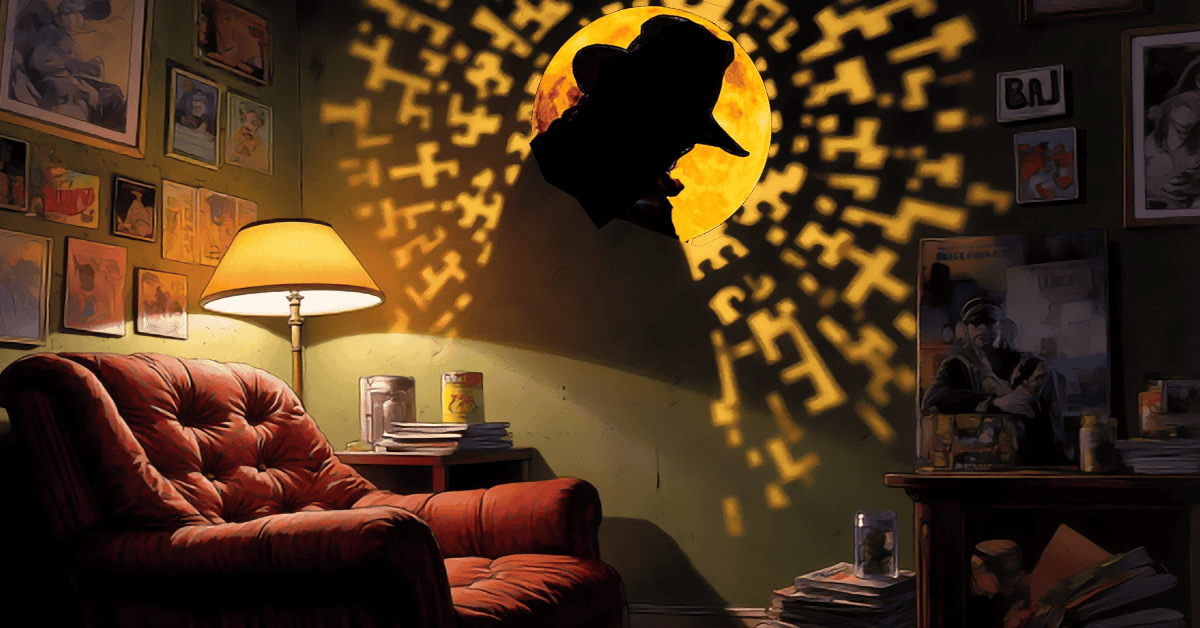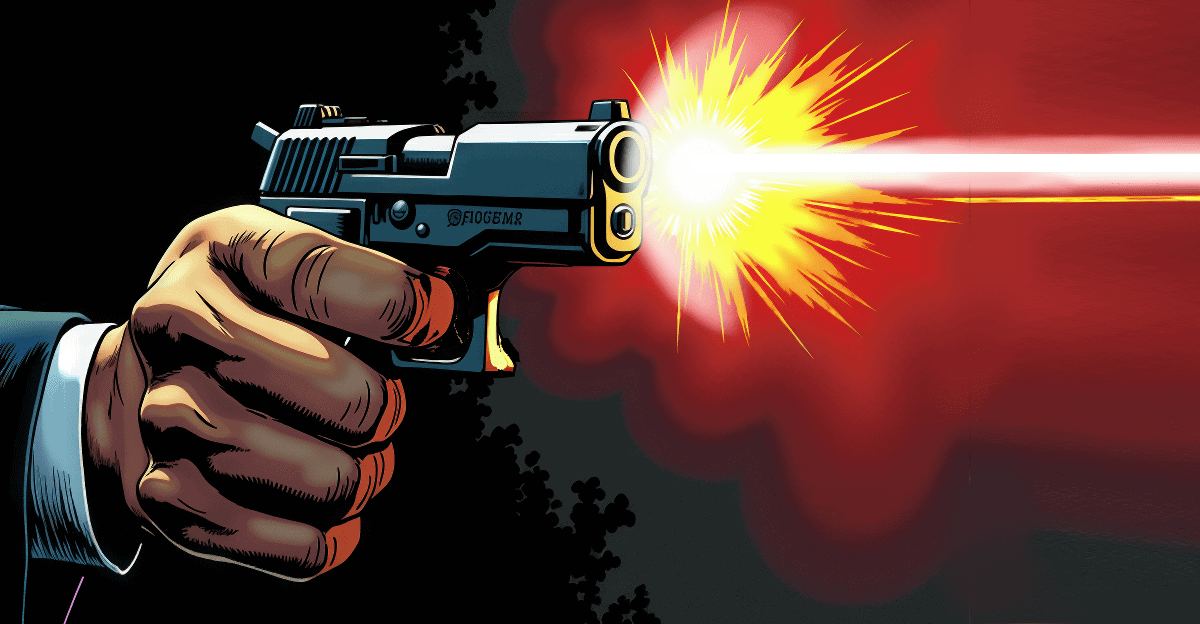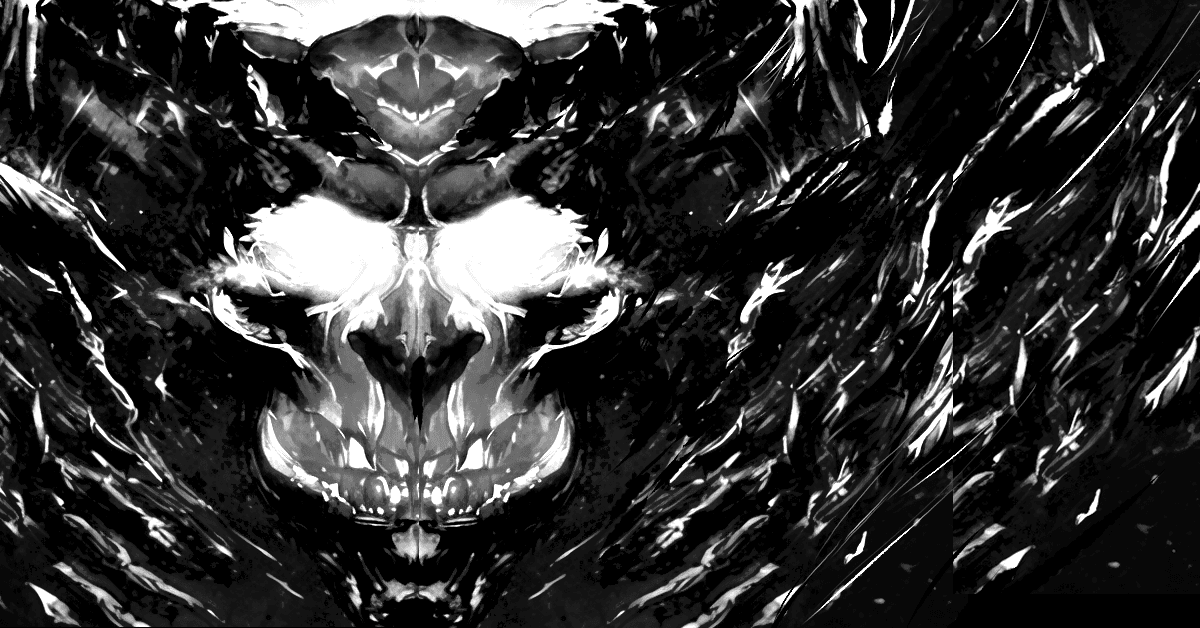WEBTOON: How the American Comic Style Thrives in a Digital Landscape

Let’s talk about WEBTOON—a platform redefining the way comics are created, shared, and consumed. In this space, American-style webcomics are making significant inroads, blending traditional storytelling with an interactive, mobile-friendly format.
What Sets WEBTOON Apart
WEBTOON doesn’t just host comics; it reshapes how they’re experienced. Unlike classic American comics, which rely on page-by-page layouts, this platform leverages a vertical scrolling system that caters to mobile readers. American creators are stepping up, modifying their approach with thoughtful panel spacing and pacing adjustments to fit this new canvas.
Genre Evolution
Genres like action, romance, and horror are the platform’s bread and butter, but there’s room for classics like mystery, slice-of-life and superhero tales, too. What’s fascinating is how creators inject fresh perspectives—infusing cultural nuances or tweaking familiar tropes for quicker, snappier storytelling.
Empowering Creators
WEBTOON CANVAS is a democratizing force. It gives independent creators a direct line to an audience, bypassing traditional publishers. Those who gather momentum on CANVAS can climb to WEBTOON Originals, which opens doors to better visibility and revenue streams.
Money and Momentum
Revenue models are diverse and user-friendly. Creators can tap into ad programs, Patreon, and fan donations, while the platform’s global reach extends American comics to new audiences worldwide. It’s a win-win: more exposure for creators and richer options for readers.
Breaking the Fourth Wall (and Other Barriers)
Successful titles like Lore Olympus have crossed into print, animation, and beyond. Collaboration is another advantage—many creators team up with artists and writers across the globe to create something unique, blending styles that defy borders.
Challenges to Watch For
Adapting to a vertical format isn’t just a technical hurdle; it’s a creative one. Faster pacing and cultural adjustments are necessary for international appeal. Plus, with a crowded platform, standing out requires more than great content—it takes savvy promotion.
Mystery Writers: Finding Your Footing on WEBTOON
Mysteries that target young adults are doing very well on Webtoon. Senorita Cometa, a story of a young woman who takes the law into her own hands to uncover the mystery behind the disappearance of her friend, has garnered over 10 million views. “Alex decides to take justice in her own hands by becoming the Phantom Thief Cometa, uncovering a net of corruption and crime that goes deeper than she ever imagined.”
Stories about teens and 20-somethings caught up in situations that they have to resolve either with friends or alone captivate the webtoon demographic. Teenage angst still leads the genre race. However, mysteries, dramas, and thrillers have a place to compete for audience attention.
For writers and artists in the mystery genre, WEBTOON offers fertile ground for innovation. Here’s how you can craft gripping stories while maximizing the platform’s potential:
- Cliffhanger Strategy: Build suspense with well-placed reveals at the end of each episode.
- Immersive Visuals: Use creative layouts and recurring imagery to keep readers guessing.
- Community Engagement: Engage in comments, hint at theories, and create bonus content that teases your audience.
- Hybrid Storytelling: Blend genres to broaden appeal—think detective mysteries laced with fantasy or romance.
- Plan with Precision: Keep your narrative tightly mapped. Mystery fans love callbacks and “aha” moments that reward careful reading.
American creators who approach WEBTOON with a mix of adaptability and creativity are thriving. It’s not just about telling a story; it’s about creating an experience that sticks. For those ready to evolve, the platform isn’t just a tool—it’s an opportunity.








 Writing a comic book script is like playing chess against yourself—if you know the ending too soon, it takes the thrill out of the game. But when writing a mystery comic or graphic novel? You have to start with the crime. Reverse engineering becomes your best friend.
Writing a comic book script is like playing chess against yourself—if you know the ending too soon, it takes the thrill out of the game. But when writing a mystery comic or graphic novel? You have to start with the crime. Reverse engineering becomes your best friend.



